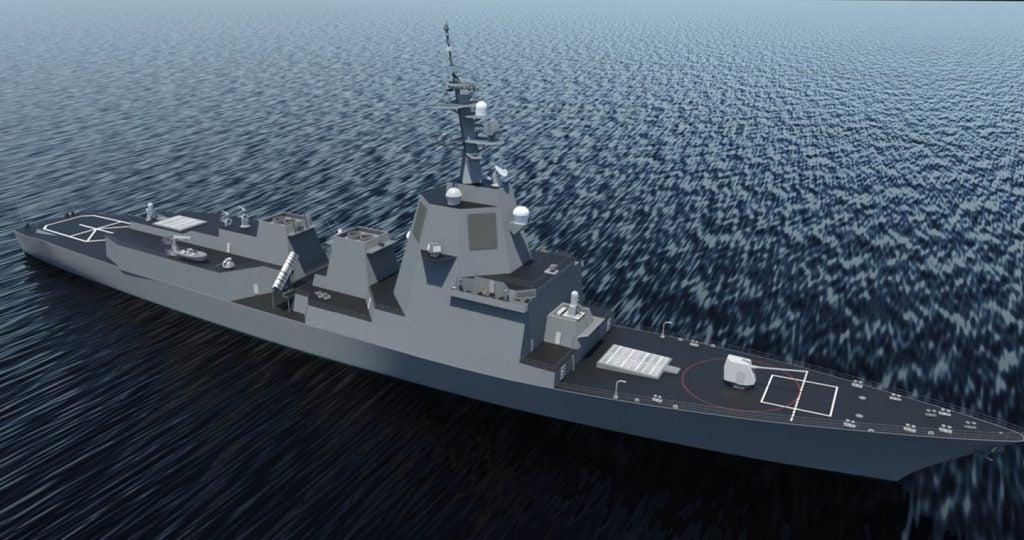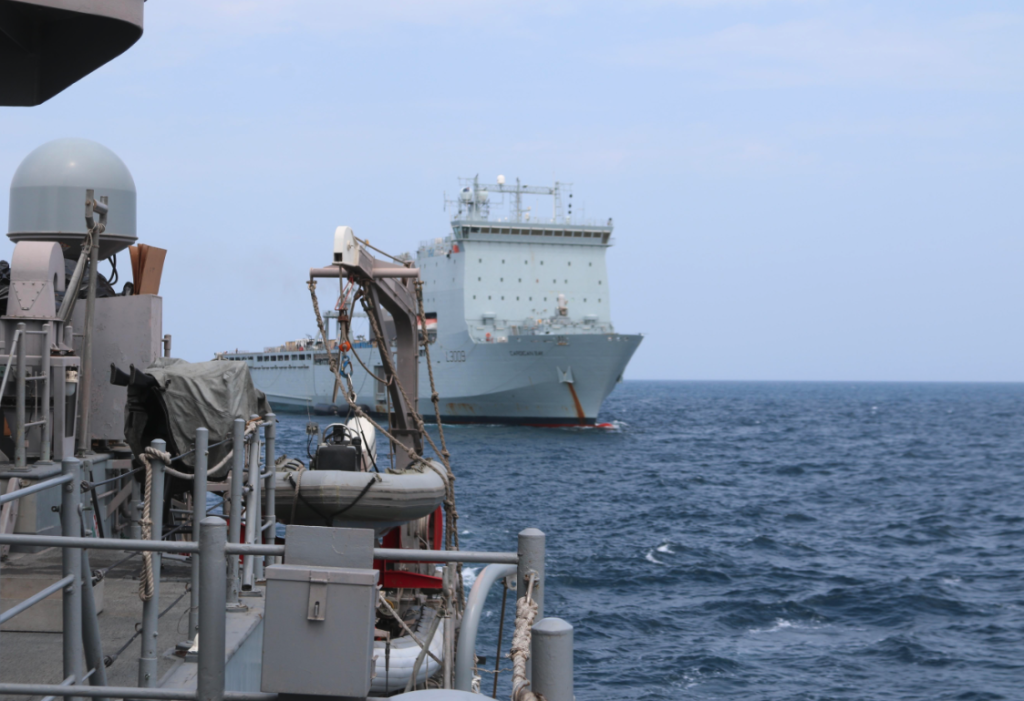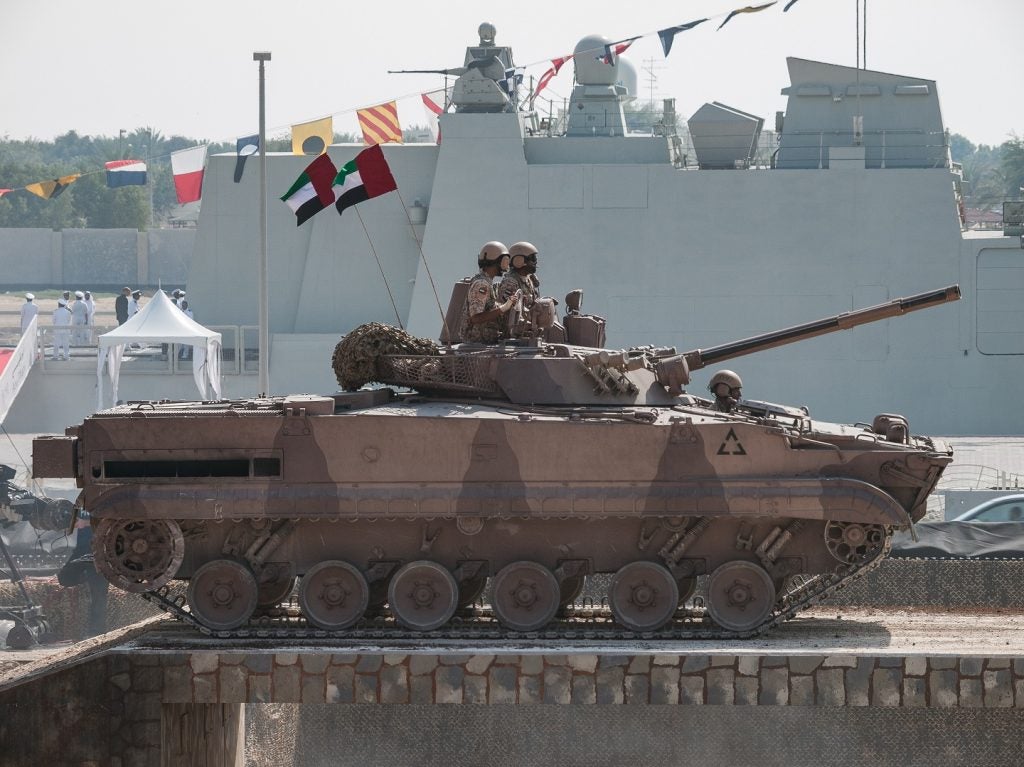Lockheed Martin, a US defence prime, has successfully tested the AN/SPY-7(v)1 radar to be integrated onto the Japanese Navy’s Aegis System Equipped Vessel (ASEV).
During the first track event, SPY-7 radar tactical hardware and software detected space-based objects – a milestone that proved the maturity of the system, which now leads to comprehensive performance testing.
“We use our proven integration and test process to fully test the capability of Aegis and SPY-7 prior to delivery to Japan,” said Amr Hussein, vice president of Multi-Domain Combat Solutions at Lockheed Martin. “This vigorous testing regiment minimises risk and ensures that Japan will receive a fully integrated and calibrated system as quickly as possible.”
Lockheed Martin’s radar systems will be used on Japan’s two ballistic missile defence ships, which both feature the supplier’s Aegis combat system, which has been used onboard US Navy Arleigh Burke-class (DDG 51) destroyers since 1991.
Aegis has a federated architecture with four subsystems, an AN/SPY-1 multifunction radar, a command and decision system (CDS), an Aegis display system (ADS), and the weapon control system (WCS).
The CDS receives data from ship and external sensors through satellite communications and provides command, control, and threat assessment. The WCS receives engagement instruction from the CDS, selects weapons, and interfaces with the weapon fire control systems.
In 2017, the Japanese Ministry of Defence approved the purchase of a pair of ballistic missile defense ships featuring Aegis, equipped with SPY-7 radar, at an estimated cost of Y1trn ($7.1bn).
The plans for vessels were announced in August 2022, with construction beginning in 2024, and first vessel scheduled to be commissioned by the end of the fiscal year 2027, and the other scheduled for the end of fiscal year 2028. However, delays are expected as Japan is yet to finalise the requirements for the vessels.
In January 2024, Japan contracted Lockheed Martin, through the US Department of Defense, to deliver integration services for equipment, material, software and hardware end items to japan’s two AESVs in a modification worth $271m.
“The SPY-7 radar product line uses technology from the Long Range Discrimination Radar (LRDR) programme to enhance overall strength against evolving threats,” said Chandra Marshall, vice president of Radar and Sensor Systems at Lockheed Martin. “Providing 24/7 coverage, SPY-7 is a superior deterrence asset available for land and maritime applications around the world.”











